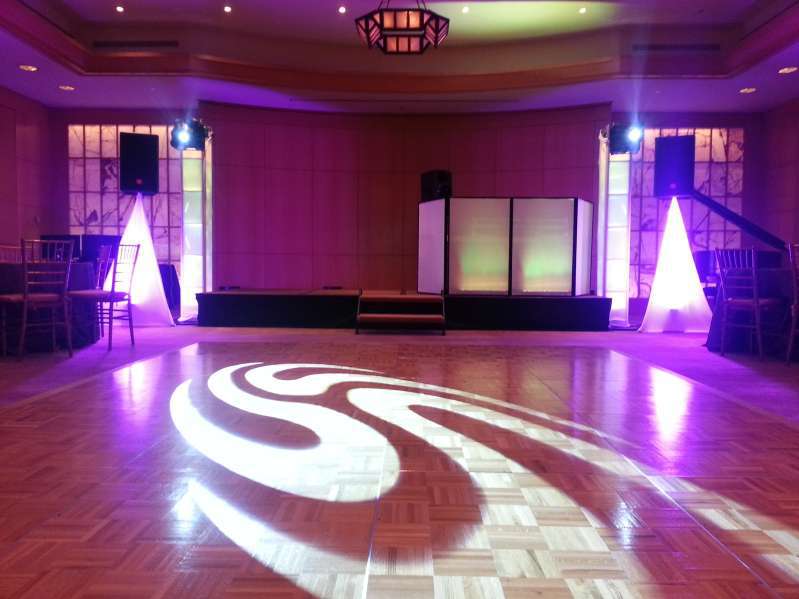Illuminating Innovation Via Hue Principles in Illuminated Dance Surface Creations
Illuminating Innovation Via Hue Principles in Illuminated Dance Surface Creations
Blog Article
Color theory is an important aspect of design, particularly as it comes to creating LED dance floors. The interplay of colors can greatly affect the atmosphere and vibe of a space. Through grasping how hues work together, designers can create an ambiance that enhances the overall encounter for dancers. This piece examines the basics of color theory and its use in LED dancing surface designs.
The main hues are crimson, blue, and yellow. These colors cannot be made by mixing other colors combined. Intermediate hues, such as emerald, tangerine, and violet, are formed by mixing primary colors. Tertiary colors are formed by mixing a primary color with a secondary hue. Understanding these basic relationships helps creators select hues that enhance one another and produce a aesthetically pleasing display. Combining these colors on an LED dance floor can lead to dynamic and stimulating outcomes that capture the attention of dancers.
Color temperature also holds a key part in aesthetics. Colors can be classified as warm or chill. Hot hues, such as crimson, orange, and yellow, tend to evoke emotions of enthusiasm and heat. In opposition, chill colors discover this like blue, green, and purple typically generate a serene and soothing atmosphere. Creators can use these color temperatures to set the ambiance for various kinds of events. For instance, a party environment may gain from hot colors that energize the crowd, while a further calm occasion might use cool colors to offer a soothing effect.
In addition to color pairings and value, luminosity and intensity are vital elements to take into account. Luminosity denotes to how light or dark a hue looks, while intensity measures the intensity of a color. Bright, intense hues can create a vibrant and blog here energetic atmosphere, ideal for dance floors. On the other hand, gentler, lower saturated colors can create a further muted atmosphere. By adjusting luminosity and saturation, designers can attract focus to specific areas of the dancing surface or create visual routes, guiding participants through the venue.
Finally, it is crucial to consider the psychological impacts of hue in LED dance surface designs. Different hues can elicit various emotions and reactions. For instance, red is often linked with passion and vitality, while blue can be calming and tranquil. Grasping these connections allows designers to tactically apply colors to influence the actions of participants. By incorporating hue principles into light-emitting diode dance floor layouts, designers can improve the overall encounter, rendering it unforgettable and enjoyable for everyone participating.